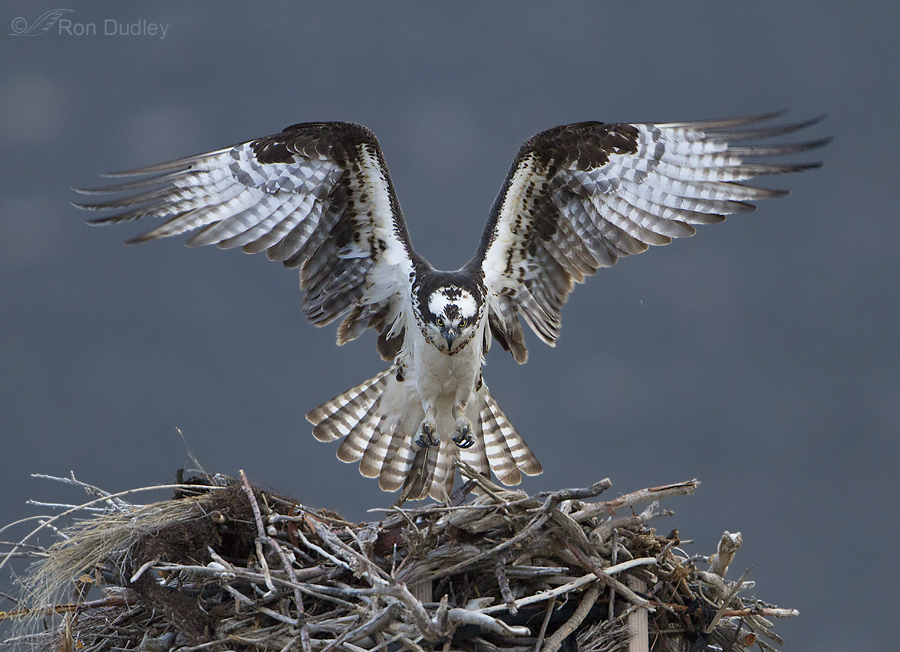Sunday morning we visited Utah’s west desert to see what we could turn up out there. We found a pair of American Kestrels, a few Swainson’s Hawks, one Ferruginous Hawk, several Turkey Vultures apparently feeding on a dead calf and four Red-tailed Hawks. But most were difficult to approach, in bad light or on ugly perches. Note: Some of this post may be of interest only to photographers. I apologize in advance to those of you interested more in the results of bird photography than in the process… 1/2500, f/6.3, ISO 640, 500 f/4, natural light, not baited, set up or called in But we did find the nesting pair of red-tails that I’ve posted about previously. This bird was perched up a canyon near the nest where its mate was incubating eggs. I caught the hawk at lift-off… 1/2500, f/6.3, ISO 640, 500 f/4, natural light, not baited, set up or called in and immediately after… 1/2500, f/6.3, ISO 640, 500 f/4, natural light, not baited, set up or called in and I was able to keep the bird in focus for a long burst of 22 images as it flew to my left. The problem was that it had been perched above me on a hill so when it took off it mostly glided with its wings straight out and shaded underneath so many of those shots aren’t particularly interesting. 1/2500, f/6.3, ISO 640, 500 f/4, natural light, not baited, set up or called in This was the last image with any light under the wings….
Continue reading


